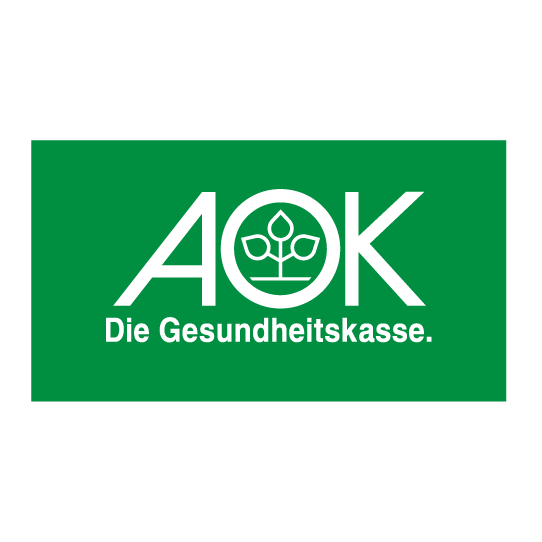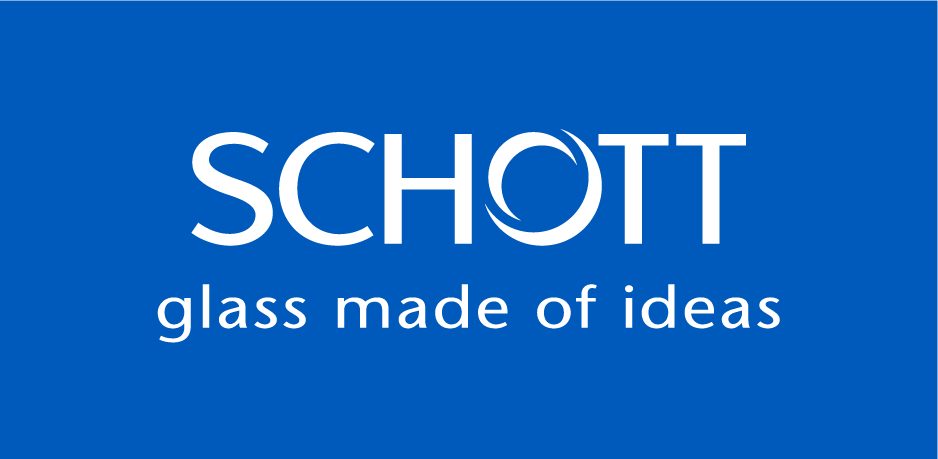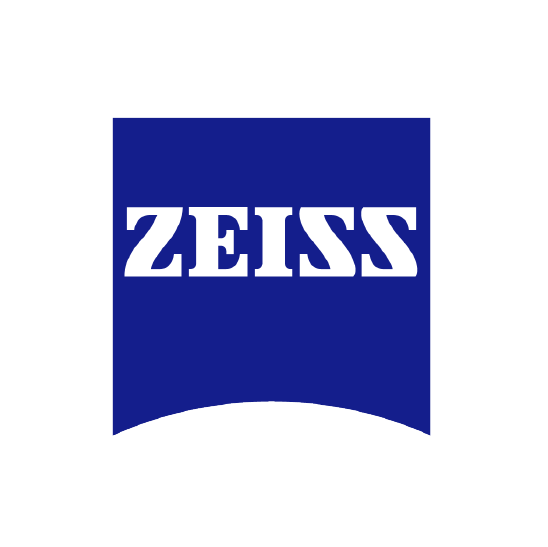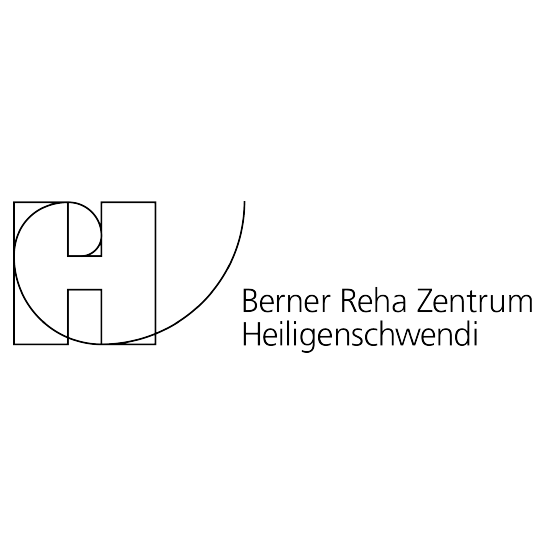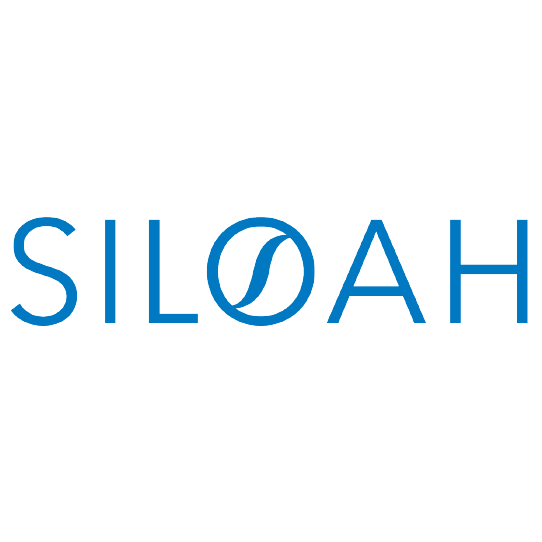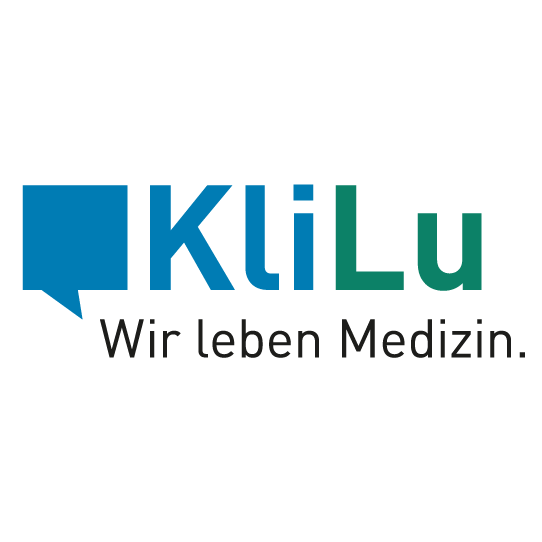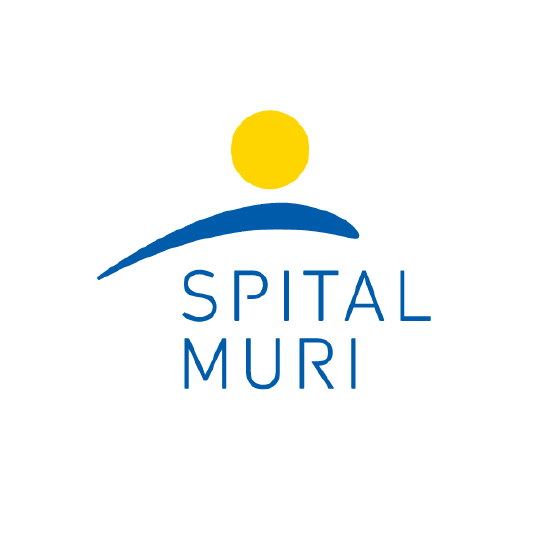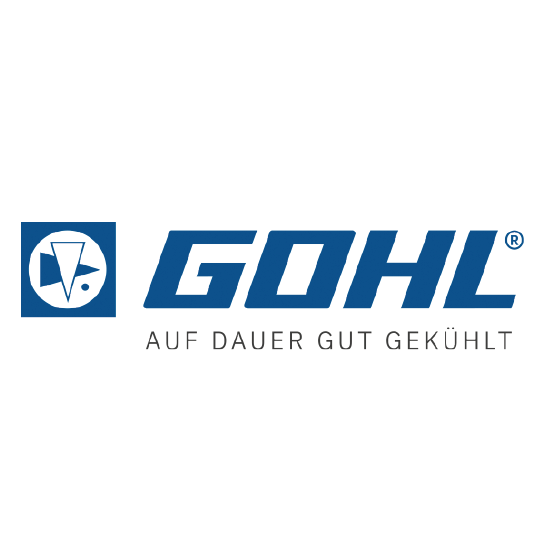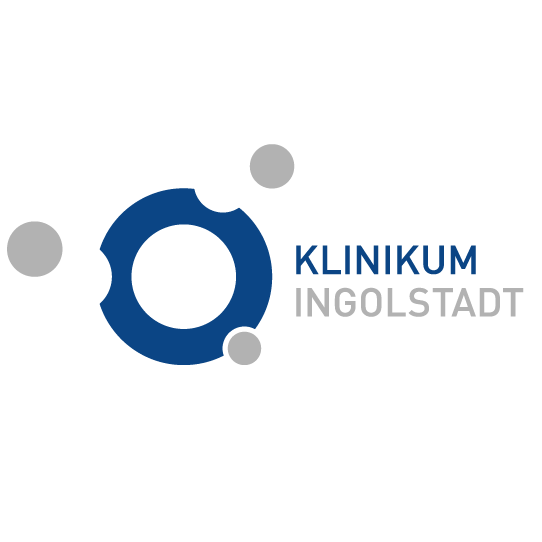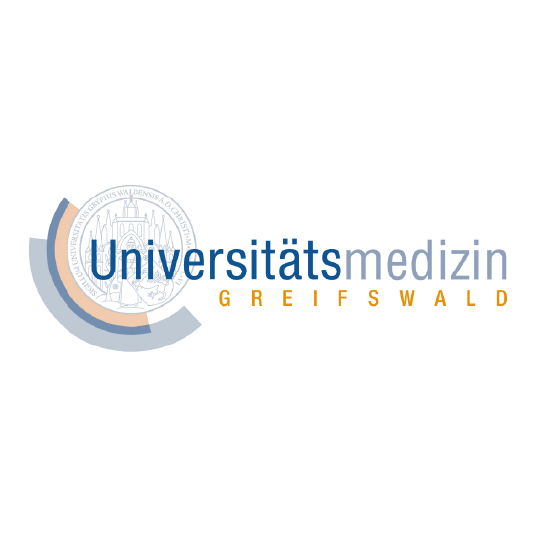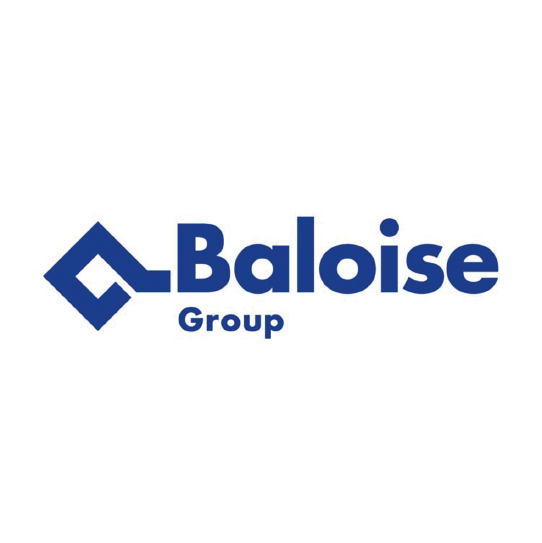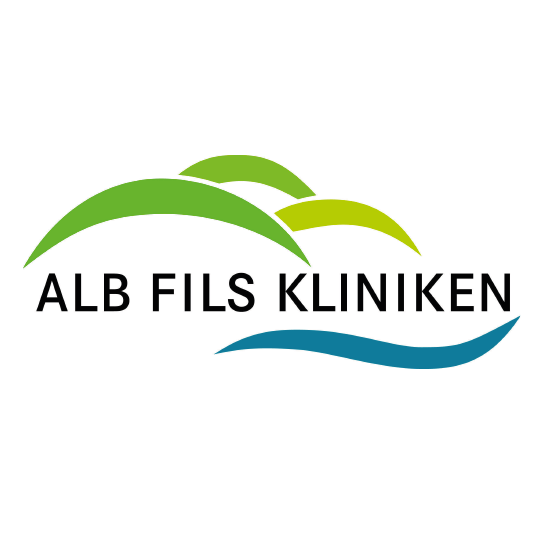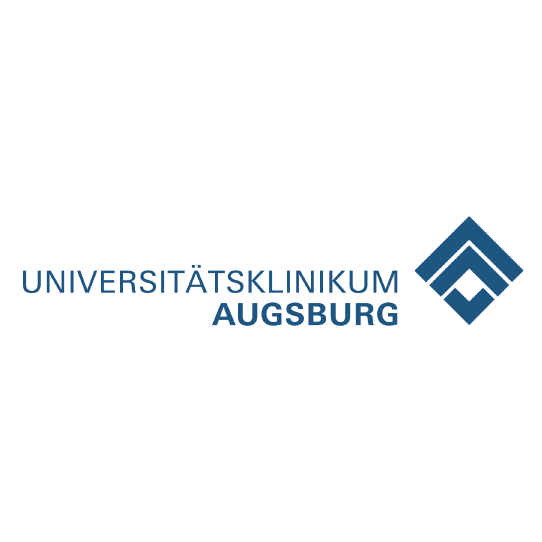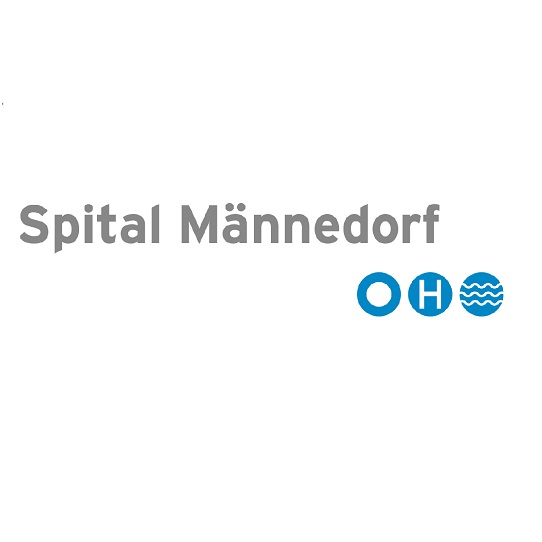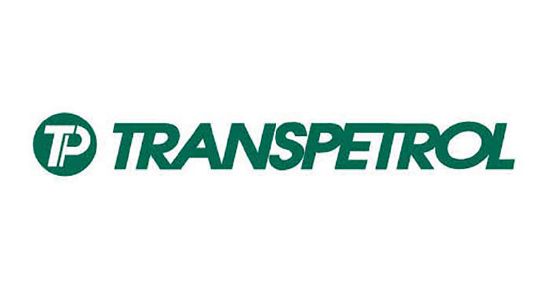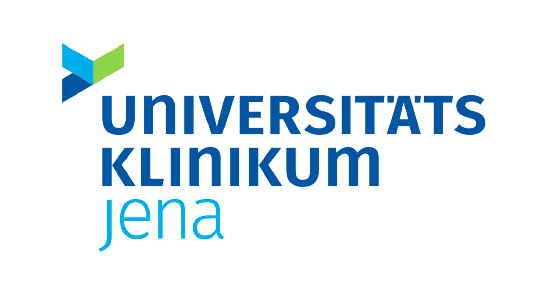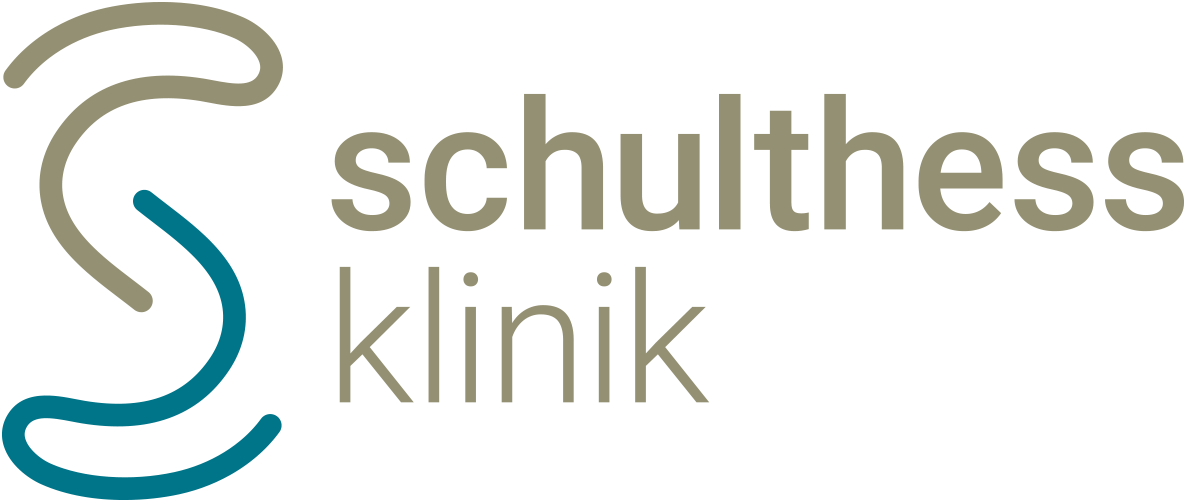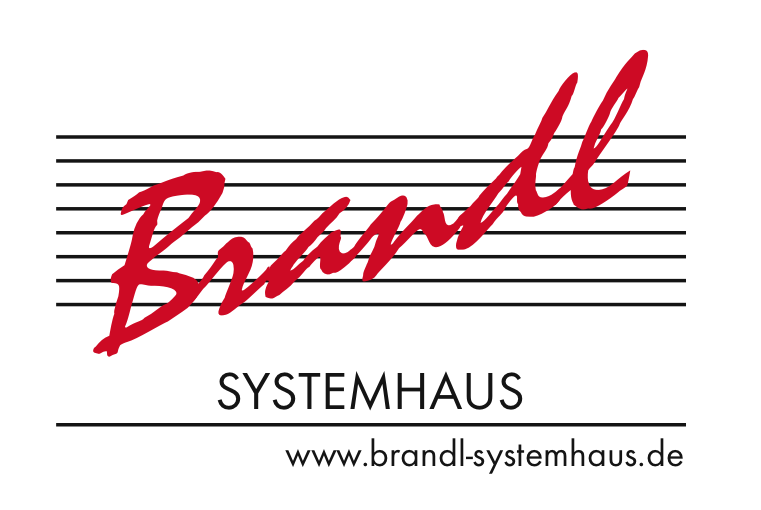



The Hartmetall-Werkzeugfabrik Paul Horn GmbH, headquartered in Tübingen, Germany, manufactures precision carbide tools and accessories and employs 1,400 staff worldwide.
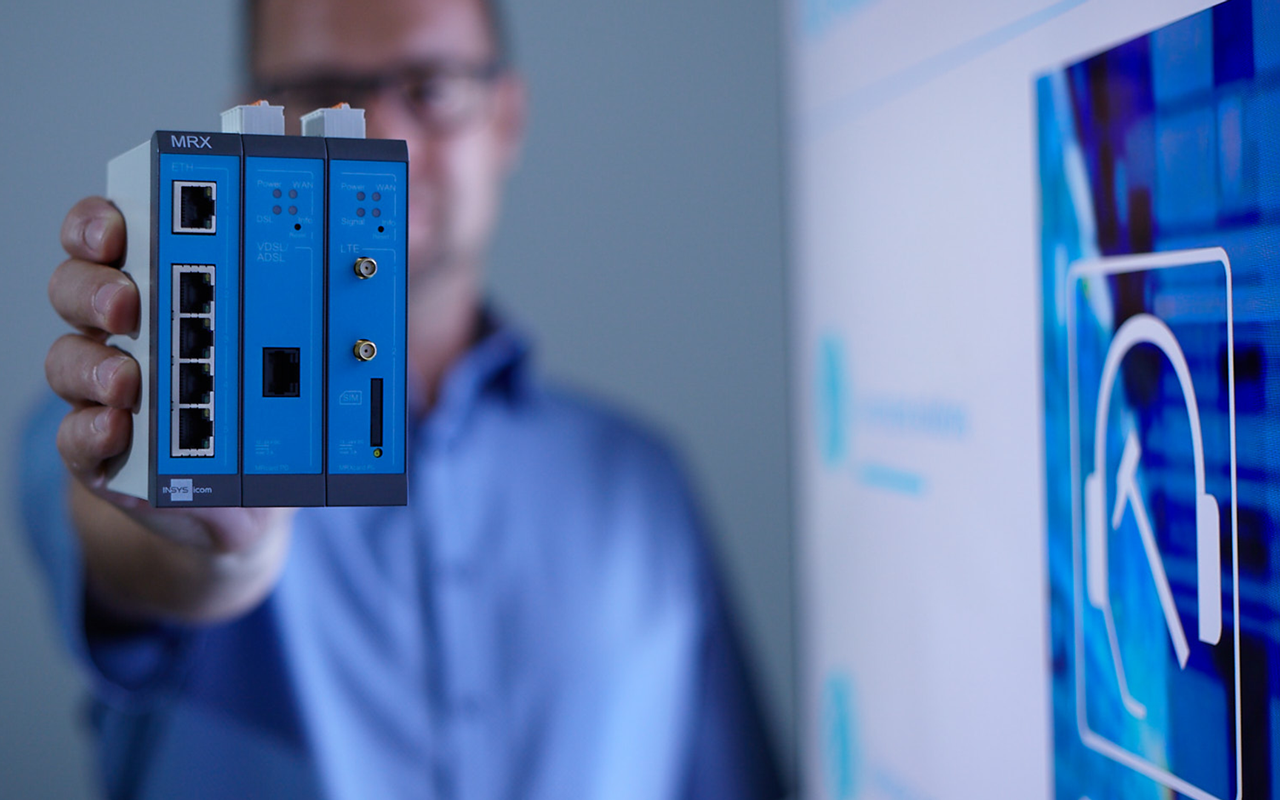
INSYS Microelectronics GmbH has been a reliable partner for industrial data communication, security analysis solutions and testing solutions since 1992. INSYS icom specializes in components and solutions for secure communication in M2M and IoT applications. Its hardware and software solutions enables the connection of machines, equipment and other devices remotely and transfer their operating data. The core features of INSYS icom’s hardware and software solutions include remote maintenance, remote control, condition monitoring and data networking, making them the perfect bridge between IT and OT.
Sectorindustrial data communication
LocationRegensburg, Germany
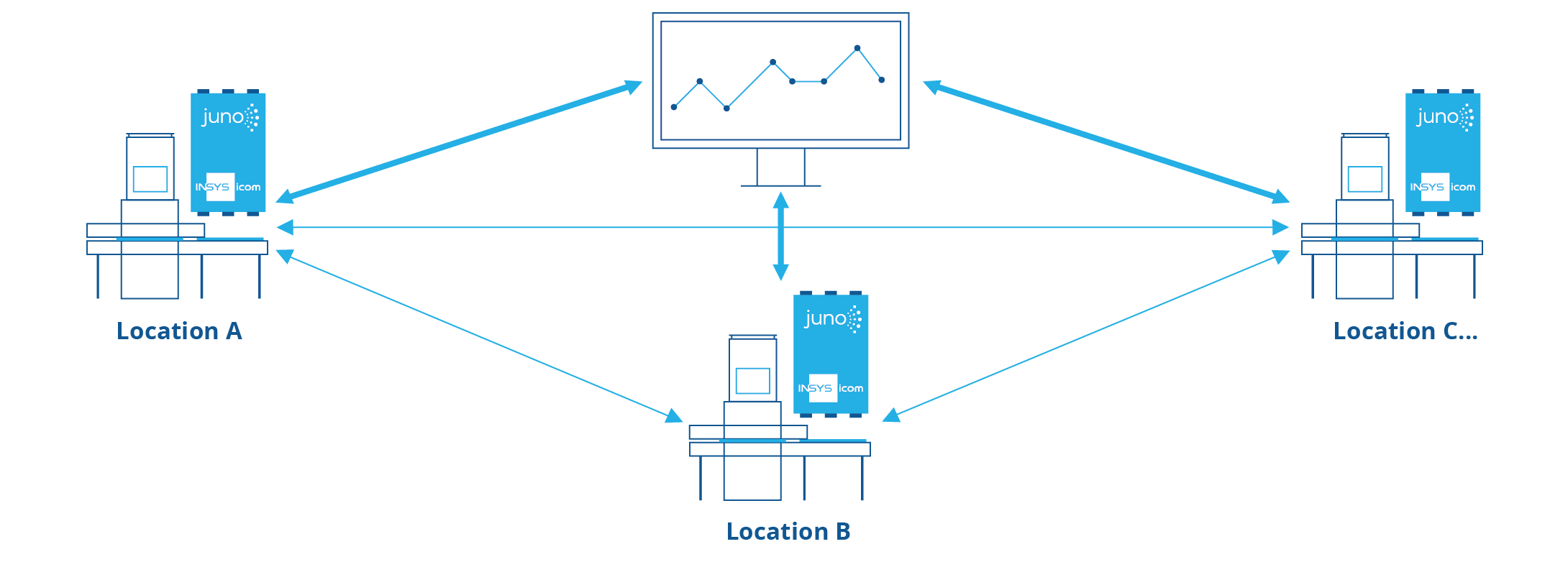
With the help of standardized protocols, around 150 decentralized locations (e.g. water supply plants) are to transfer data from their systems and equipment to external customer and supplier systems.
Decentralized installations are used to convert to state-of-the-art technologies and for local pre processing, as well as to integrate data in hybrid cloud systems. The INSYS icom gateway’s remote maintenance function allows reacting quickly and efficiently in an emergency and taking action
in the event of malfunctions. The hardened operating system icom OS allows smooth, secure KRITIS-compliant communication between distributed systems.

As an independent eHealth company, henova creates digital solutions for the healthcare sector. The Mini-PC healthhub enables the secure and efficient exchange of patient data.
Paessler’s PRTG is a powerful, cost-effective and user-friendly solution that provides complete monitoring functionality for recording, saving and evaluating statuses and performance, as well as defining thresholds, sending warnings and publishing data on dashboards and in reports. More than 300,000 administrators worldwide use PRTG to monitor their server performance, their virtual environments and their infrastructure.
Infrastructure
PRTG monitors the network availability of all components and checks for bottlenecks. It uses common network protocols such as SNMP, NetFlow, WMI and REST.
Production
Orchestra can access production line data and request materials from the warehouse when certain thresholds are reached. In addition, PRTG can use OPC UA and Modbus TCP to query the status of IPC/PLCs and avoid unnecessary downtime.
Suppliers
When warehouse stocks drop below a certain threshold, Orchestra orders appropriate quantities from the supplier. Here too, PRTG allows observing whether, for example, important supplier interfaces are reachable and connected to the internet.
Warehouse
PRTG monitors the entire warehouse infrastructure, including server, database and network infrastructure, as well as higher levels such as applications, services, availability of websites and cloud services.

The BMTS Technology GmbH & Co. KG (BMTS) develops and produces custom-made exhaust gas turbochargers for cars and commercial vehicles.
SectorManufacturing
Employees800 worldwide
LocationStuttgart, Germany

The Baloise Group, based in Basel, is a european provider of insurance and pension solutions. Using the concept of the »safety world«, the company connects insurance with intelligent prevention. The Baloise Group has about 9,100 employees worldwide.
SectorBusiness
Employees9,100 worldwide
LocationBasel, Switzerland

Purchasing them is the costliest part of acquiring c-parts. Compared to the expense, the actual value of the goods reaches a mere 20 percent. simple system aims to offer an economical way for companies to provide c-parts more comfortably in order to save on process costs.
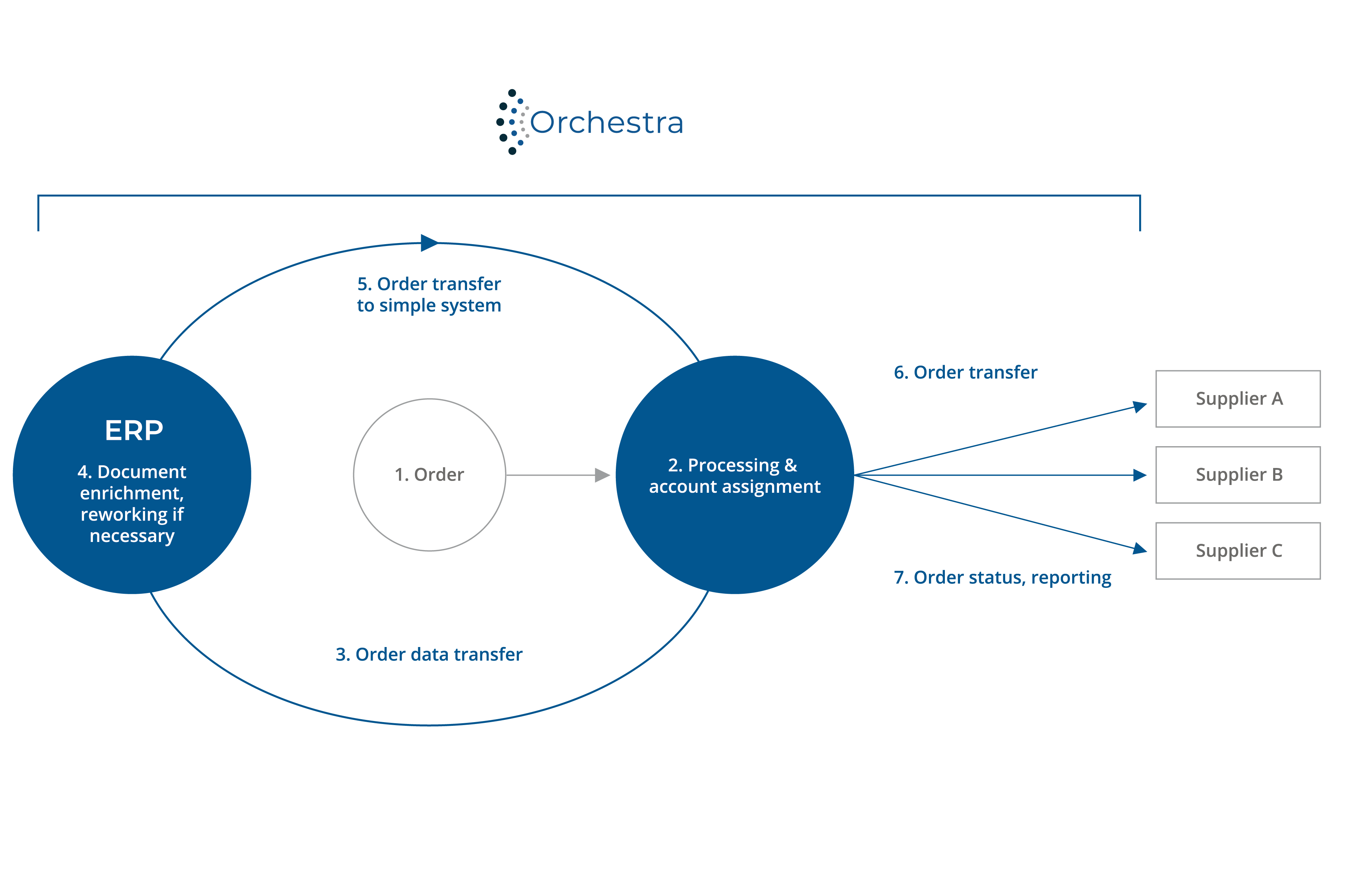

Greifswald University Hospital (UMG) is a maximum health care provider as well as the largest employer and trainer in Western Pomerania. UMG comes with 919 plan beds and 37 spots at day clinics. More than 178,000 patients are treated annually in 21 specialist clinics.
SectorHealthcare
Employees4,400
LocationGreifswald, Germany
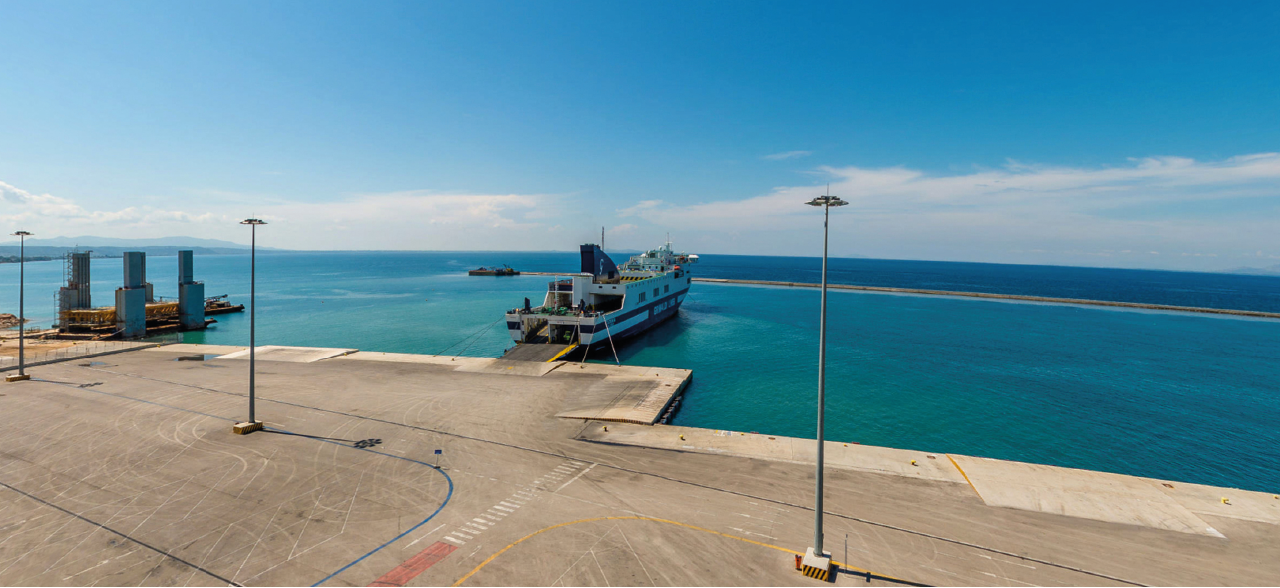
Patras is a gateway to Europe and one of the most ultra-modern ports on the Mediterranean. With its infrastructure, state-of-the-art cruise terminal and integrated healthcare, Patras is a high-spec port and then some. Patras Port Authority employs 2,504 members of staff and generates an annual revenue of €12.2 million.
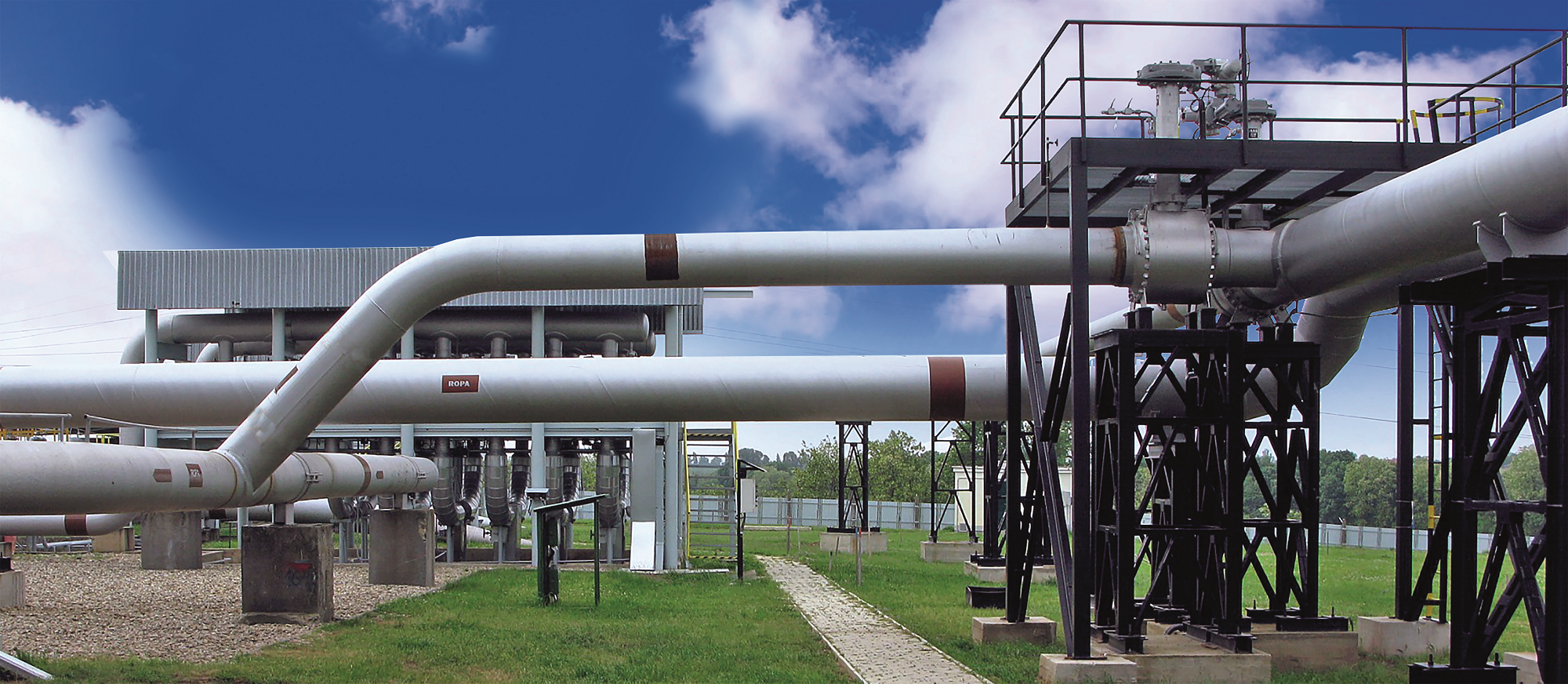
Transpetrol a.s. is a listed oil distributor based in Bratislava, Slovakia. The Slovak Republic holds 100% of the shares through the Ministry of Economy. The company was founded in 1991 and currently employs 300 people with a turnover of 50 million euros (2014). The main business areas are crude oil transportation, crude oil storage and maintenance of the Druzhba transit pipeline.
SectorEnergy & Logistics
Employees300
LocationBratislava, Slowakai

The Fondsdepot Bank GmbH is the independent specialist for custom-made solutions surrounding the custody business. For more than 20 years, they‘ve been providing competent services in investment account management with the help of around 450 experts.
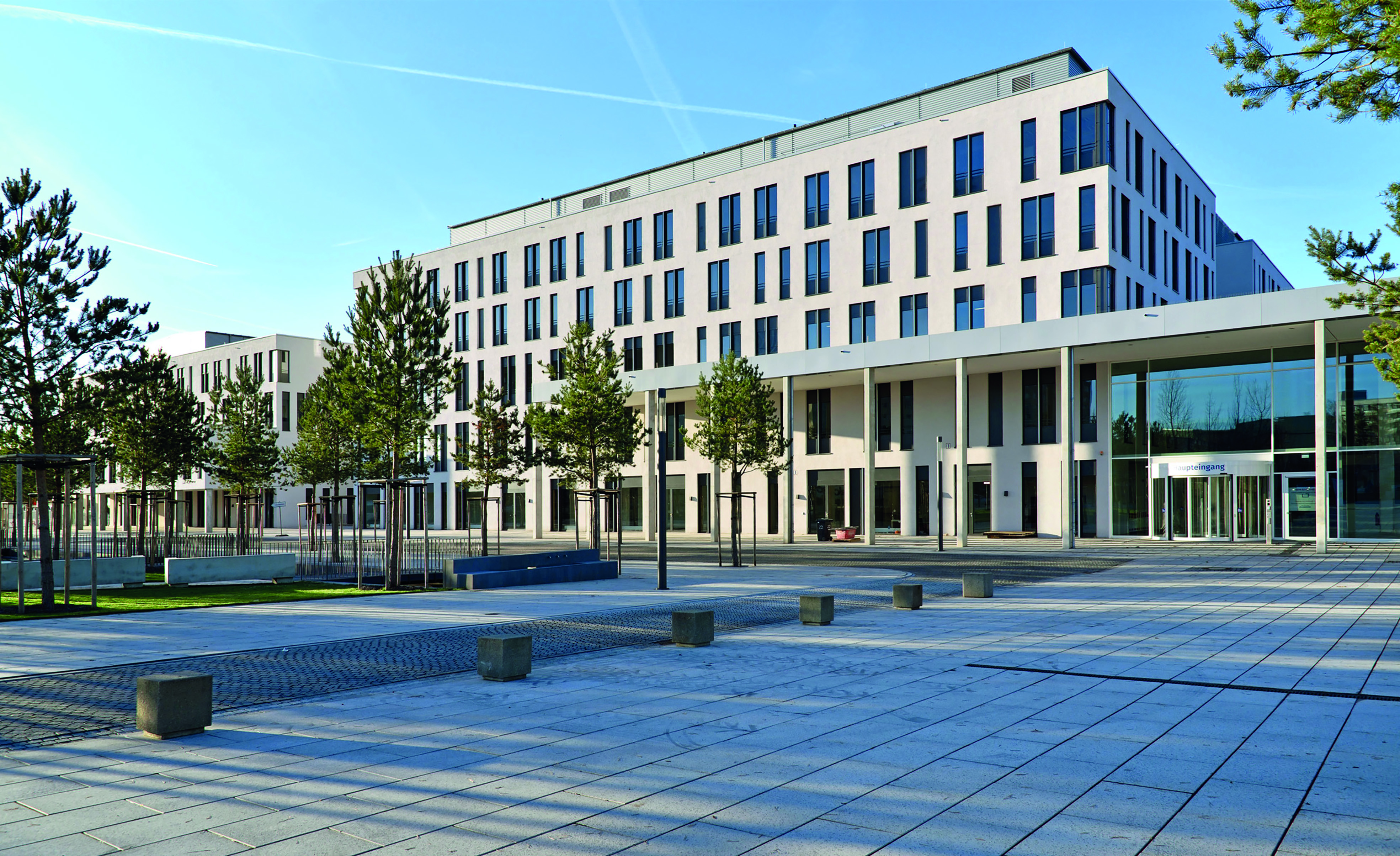
Jena University Hospital (UKJ) offers 26 specialized clinics with a total of 1,396 beds. Each year, UKJ treats approximately 52,600 inpatients and offers more than 272,000 outpatient consultations. The number of employees amounts to over 4,600, making UKJ the largest employer in the region.
The local company Kreiskliniken Günzburg-Krumbach operates the Klinik Günzburg with 240 beds as well as the Klinik Krumbach with 164 beds. Thanks to extraordinary networking in this region they offer high performance medical treatmant close to the homes of their patients.
By clicking on this video you consent to the use of third-party cookies. Personal data will be sent to the YouTube servers, for example your IP-adress, your browsertype. This is needed to play this video. You can retract your consent any time you want, but in this case you can't see the video anymore. You can find more Information on this topic in our privacy policy: Dataprotection
